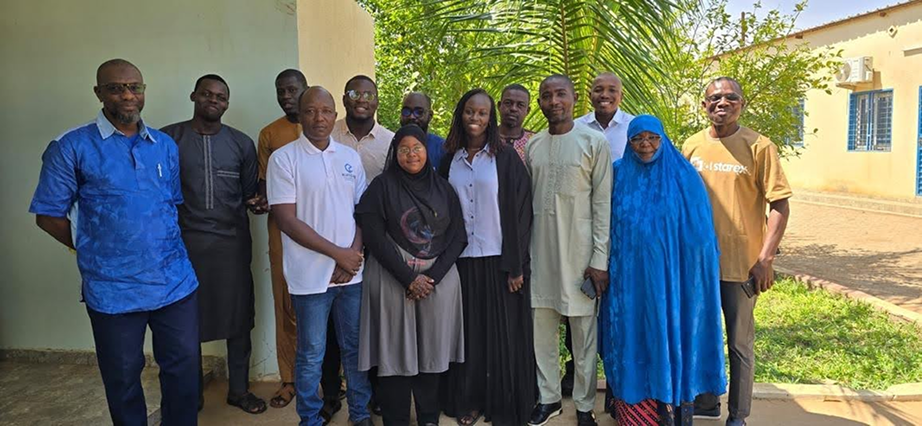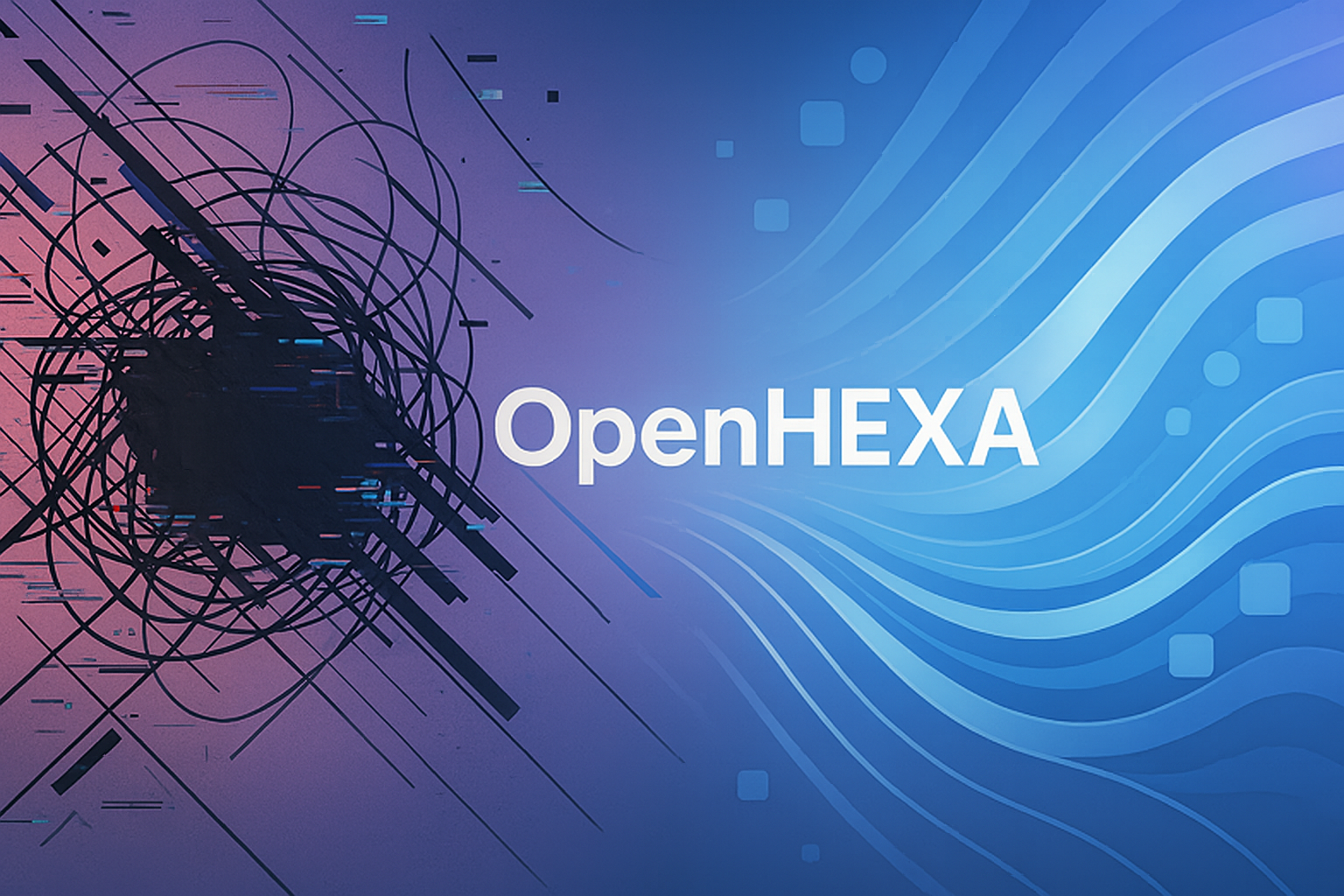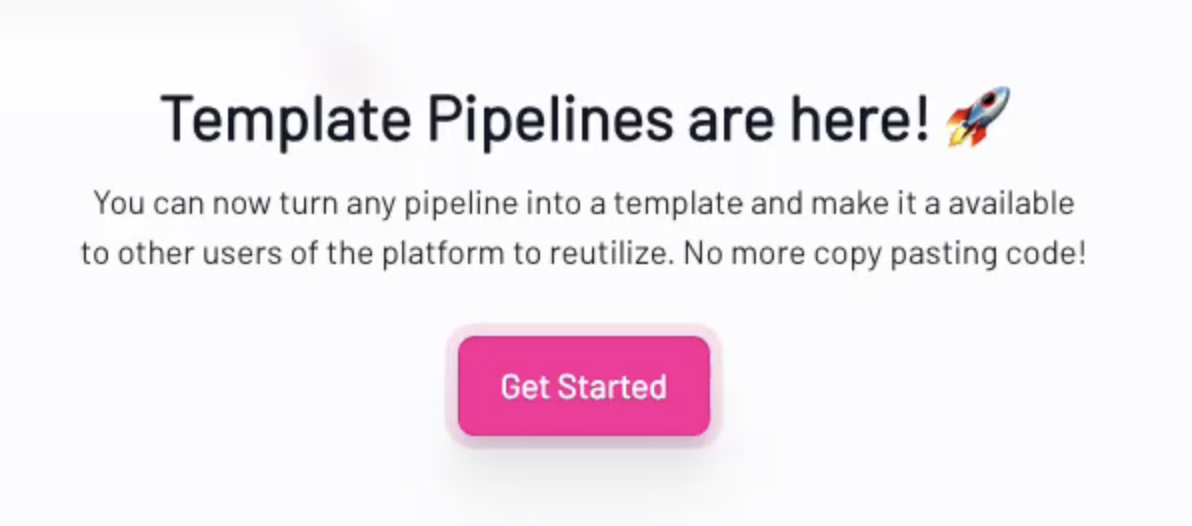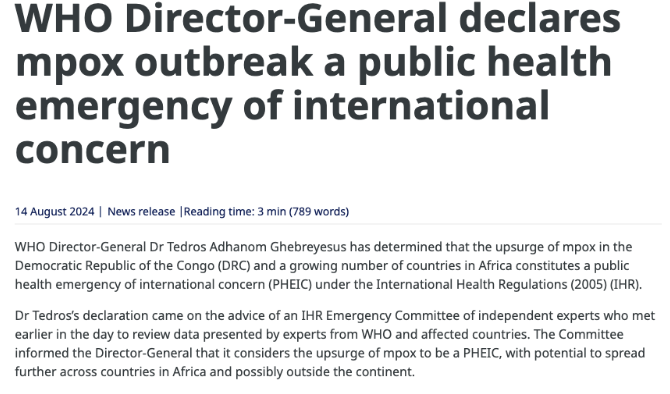Polio outbreak response efforts require data from various points—ranging from virus detection, outbreak response planning to vaccine stock management during the campaign, and finally campaign evaluation. Previously, the lack of integration between disconnected data points made it difficult to make timely decisions and to keep the “big picture” view. To address this, Bluesquare has been working in collaboration with the Global Polio Eradication Initiative (GPEI) to develop a more integrated approach to managing polio vaccination campaigns across Africa.
Polio vaccination campaigns require rapid, high-quality data integration to ensure proper monitoring and supervision. However, data is often scattered across multiple sources, including Excel files, Google Sheets, and ODK forms, leading to inconsistencies and delays in decision-making.
Key Components of the Solution
Bluesquare built on the advanced capabilities of IASO and OpenHEXA to streamline data integration and visualization throughout the campaign lifecycle. Some key features of the system include:
- Automated daily and real-time data extraction: OpenHEXA extracts data from various sources, ensuring continuous updates on cold chain management, stock levels, and form submissions
-
Pyramid matching and verification: Data from campaign forms (Stock II, Form A) undergoes pyramid matching, parameter verification, and column checks to detect inconsistencies early.
- Automated alerts: When discrepancies are found, OpenHEXA triggers email notifications to Global Polio Eradication Initiative (GPEI) coordinators, prompting updates to IASO’s campaign pyramids
-
Supervision dashboards: Processed data is structured into interactive dashboards that provide real-time insights into polio campaign progress, including stock levels, preparedness, and Lot Quality Assurance Sampling (LQAS) supervision
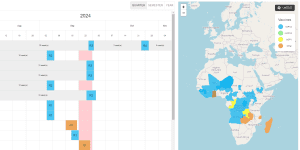
Improving Decision-Making with Real-Time Data
One of the main benefits of the system is its ability to provide real-time data, helping decision-makers act quickly when issues arise. Before campaigns begin, the data visualization tools help assess readiness, while during the campaigns, real-time monitoring tracks progress. After the campaign, a dashboard allows the evaluation of performance regarding the delays from the virus notification to the deployment of vaccinators on the field. This way, bottlenecks can be identified and continuous improvement of processes can take place.
This integrated platform based on IASO and OpenHEXA is accessible to stakeholders at different administrative levels, helping to ensure coordination between teams and countries. By connecting previously fragmented data, the system supports more effective outbreak responses in line with GPEI’s Standard Operating Procedures.
Conclusion
By integrating OpenHEXA into the polio campaign workflow, health authorities and partners can:
- Accelerate response times by eliminating manual data cleaning and aggregation.
- Improve campaign supervision with structured, real-time dashboards.
- Ensure data reliability through automated verification and validation processes.
- Enhance coordination with automated alerts and updates for key stakeholders.
OpenHEXA enables health organizations to reduce data fragmentation, improve efficiency, and drive more effective vaccination efforts.



